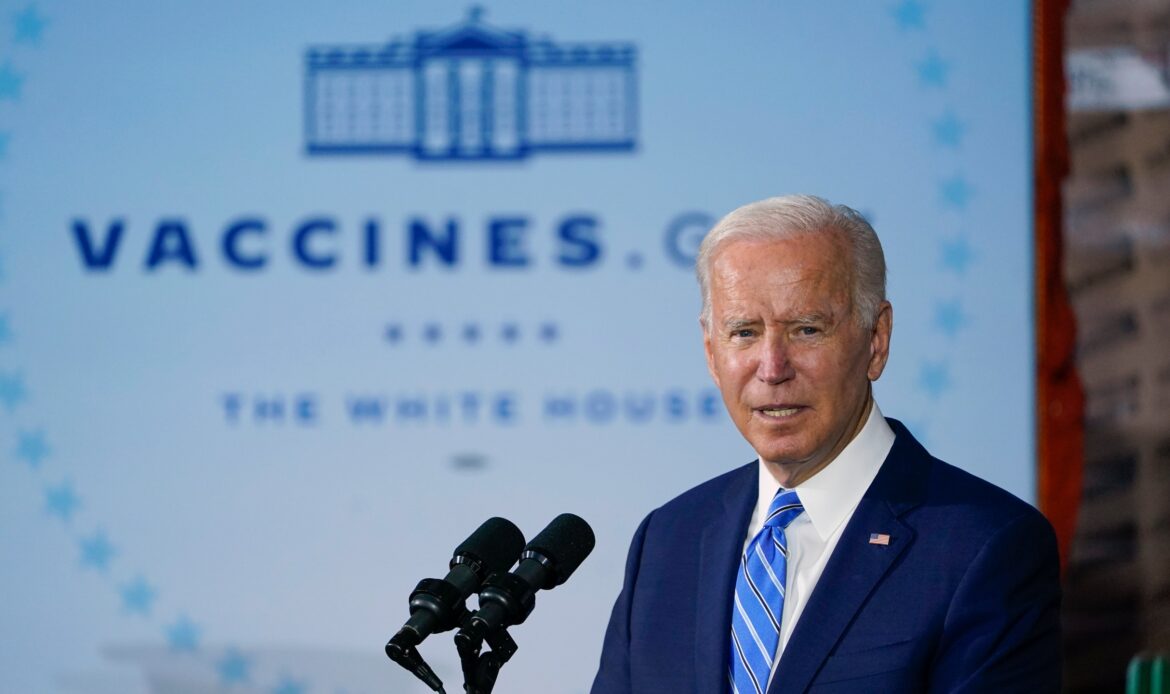
Yes, we’ve heard all about Joe Biden’s alleged vaccine mandate for private companies employing 100 or more people. It was all over the news even before he announced it on September 9. His announcement has jeopardized the employment of millions of Americans and increased worker shortages in critical domains such as health care.
There’s only one problem. It’s all a mirage. Biden’s so-called vaccine mandate doesn’t exist — at least, not yet. So far, all we have is his press conference and other such made-for-media huff-puffing. No such rule even claiming to be legally binding has been issued yet.
That’s why nearly two dozen Republican attorneys general who have publicly voiced their opposition to the clearly unconstitutional and illegal mandate haven’t yet filed suit against it, the Office of the Indiana Attorney General confirmed for me. There is no mandate to haul into court. And that may be part of the plan.
According to several sources, so far it appears no such mandate has been sent to the White House’s Office of Information and Regulatory Affairs yet for approval. The White House, the Occupational Safety and Health Administration (OSHA), and the Department of Labor haven’t released any official guidance for the alleged mandate. There is no executive order. There’s nothing but press statements.
Despite what you may have been falsely led to believe by the media fantasy projection machine, press statements have exactly zero legal authority.
“There is nothing there yet that gives employers any mandate,” Stephanie McFarland, spokeswoman for the Indiana Occupational Safety and Health Administration, told me Oct. 6. “The president made an announcement on this asking OSHA to do it, but we’ve not yet seen anything come from it yet,” she also said. When the state agency gets any further information, she said, they’ll review it.
To impose the public perception of a mandate, the Biden administration is following an unusual rule-making process it also employed earlier this year, called an emergency temporary standard (ETS). The spring ETS rule took nearly six months to issue. Meanwhile, companies are telling reporters their vaccine mandates will have at the latest December deadlines. (For those who can’t calendar, that’s four months after Biden’s non-existent mandate was proclaimed. According to OSHA, an ETS takes up to six months to go into effect after the initial mandate is issued in the Federal Register — which, again, for the proclaimed 100-employee mandate hasn’t happened yet.)

